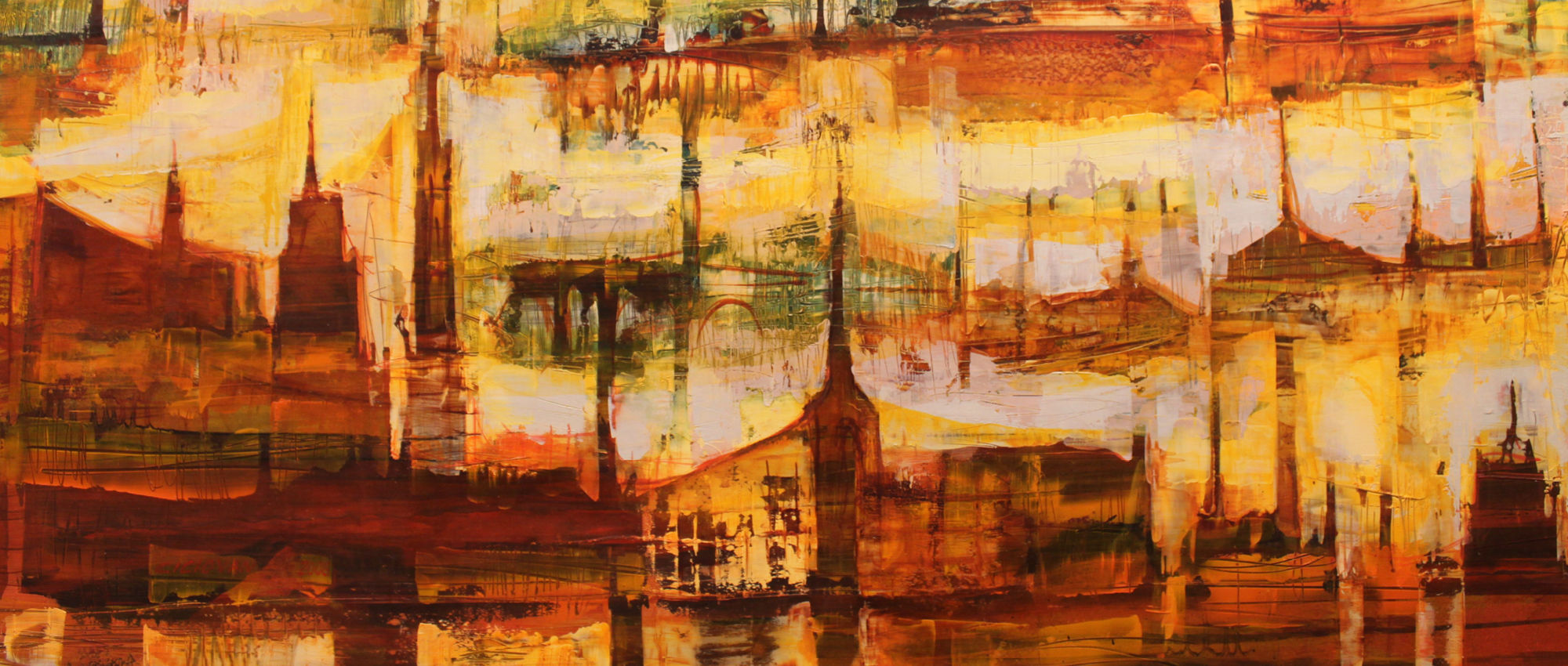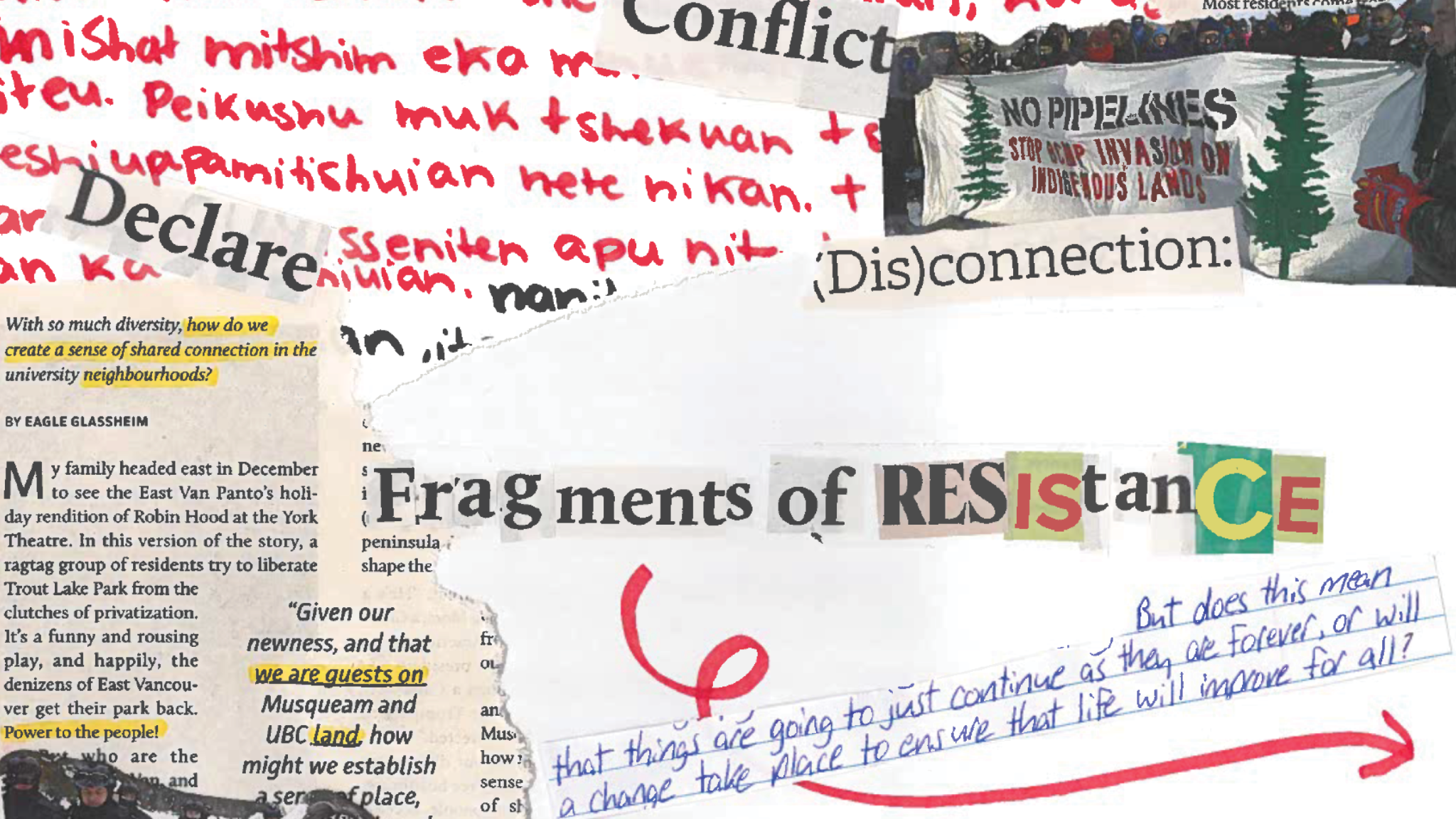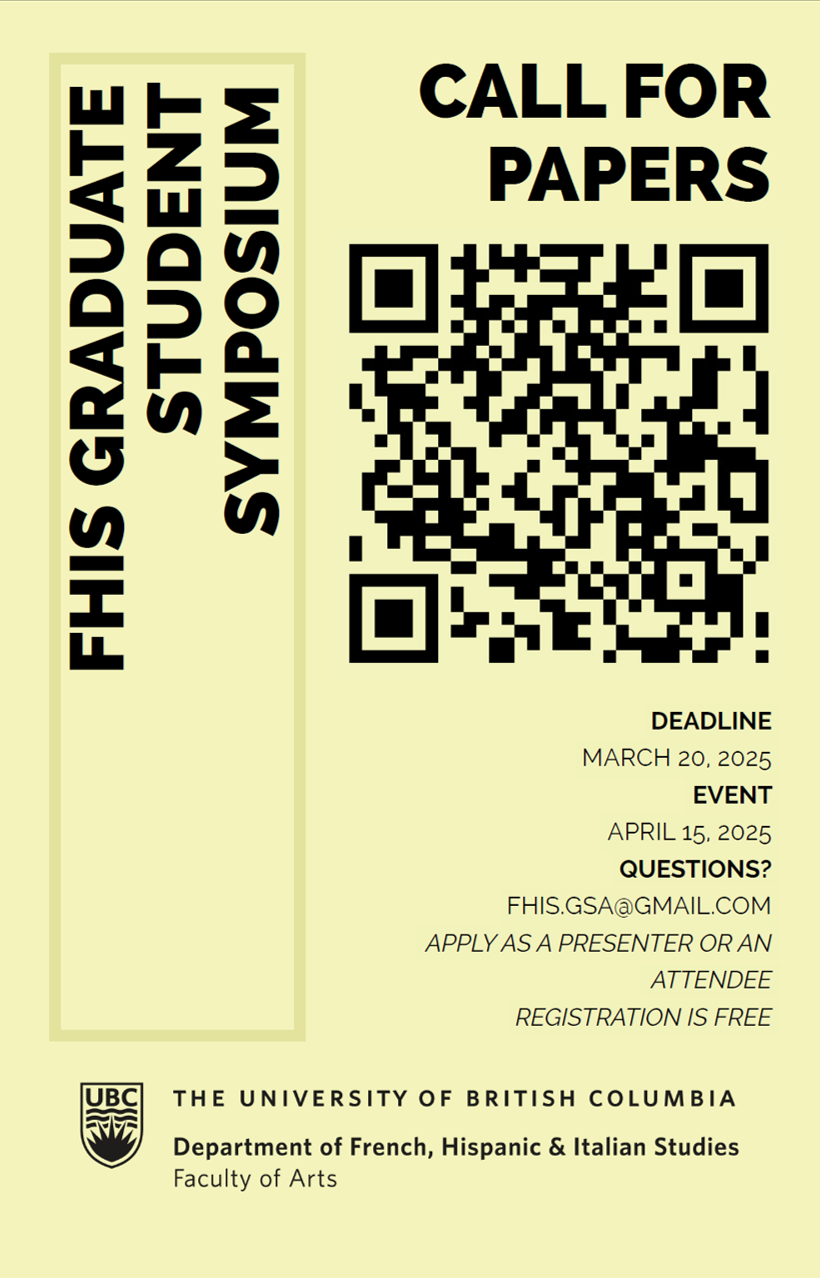Dr. Vincent Gélinas-Lemaire, Assistant Professor of French Studies at UBC, tracks the evolution of a “poetics of ruins” in French and Québécois literature — and what they say about a growing sense of worry in our societies.


À la recherche du temps perdu by Mona Ciciovan
“My goal is to track the evolution of a “poetics of ruins” from classical models to contemporary reinventions. In other words, are present-day authors tackling present-day problems in a radically new way, or are they borrowing from 500 years of literary models?”
Research
We are living in times of worry. National narratives in Europe and North America are being shaken and rewritten, unsettling a foundation many thought secure. Strife grows as refugees are forced on the perilous crossing of desert and sea, pressed by war and by irreversible ecological changes.
Such worry has started to shape contemporary French and Québécois literatures in a decisive way, as dozens of recent novels have imagined or described worlds that are in ruins — some playfully, some with gravity. Leading figures of this reinvention include Antoine Volodine, whose dystopic fictions track ethnic minorities forced into lives of boundless roaming; Jonathan Littell, now attached to direct testimony from the Syrian civil war; Michaël Ferrier, who relayed the human and ecological ravages of the Fukushima tsunami and nuclear accident; and Catherine Mavrikakis, who paints delirious versions of Montreal beset by plague, murder, abandonment and cultural deprivation.
My goal is to track the evolution of a “poetics of ruins” from classical models to contemporary reinventions. In other words, are present-day authors tackling present-day problems in a radically new way, or are they borrowing from 500 years of literary models? My current book project is titled Quand la ruine fait le monde : récits et témoignages contemporains de l’apocalypse [When Ruins Make the World: Contemporary Narratives and Testimonies of the Apocalypse].
Approach
I am convinced that there is always much to be learned from discovering new literary works, or by returning to essential classics. That is why I keep looking for my blind spots: every new novel I read could help me refine or demonstrate a theory, to better grasp and flesh out a poetic nuance. Working on broader questions gives me the excuse to roam library shelves and inject a dose of chance into my work. I also make sure never to forget that I am studying works of art and that, as such, I must remain attuned to their beauty and unpredictability. My project adapts to the corpus, not the other way around.
Insights


Dr. Vincent Gélinas-Lemaire, Assistant Professor of French Studies
While I knew that ruins had become a literary obsession in the last 10 to 20 years, I remain surprised by the scope of this phenomenon.
I have now encountered dozens of novels by recognized authors that picture the spatial and social destruction caused by greed, cruelty, war, natural collapse, nuclear accidents, and other causes. But what interests me most is the myriad of different ways authors weave these gloomy landscapes with literary awe and beauty, leading us through the rubble with our eyes fully open.
Learn more
The best way to grasp my approach to literature would be to look at my first book, Le Récit architecte: cinq aspects de l’espace, in which I explore the strategies authors use to represent spaces in literature — be those fictional or real, small or infinite. In other words, I aim to define the possibilities of an architecture of words, rather than stones and bricks.
Learn more about Dr. Vincent Gélinas-Lemaire.


